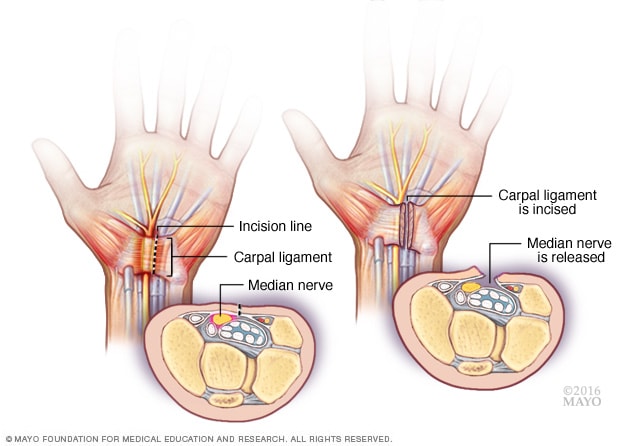Megacystis Microcolon Hypoperistalsis Syndrome
Megacystis microcolon hypoperistalsis syndrome. To date three genes are known to be involved in MMIHS pathogenesis. It is characterized by impairment of the muscle contractions that move food through the digestive tract peristalsis and empty the bladder. MMIHS Megacystis Microcolon Intestinal Hypoperistalsis Syndrome.
Megacystis microcolon intestinal hypoperistalsis syndrome MMIHS is a congenital disorder characterized by loss of smooth muscle contraction in the bladder and intestine. The major features of this congenital and usually lethal anomaly are abdominal distension bile-stained vomiting and absent or decreased bowel peristalsis. If you have any questions comments or input please utilize the contact page to get in touch.
Data were collected via a questionnaire which was sent to 353 pediatricpediatric surgical departments in Japan. Additional clinical radiologic surgical and histopathologic aspects. In addition if you or a family member have been affected by MMIHS please join The Megacystis Microcolon Support Group.
The purpose of this overview is to increase the awareness of clinicians regarding megacystis-microcolon-intestinal hypoperistalsis syndrome MMIHS and its genetic causes and management. Describe the clinical characteristics of MMIHS. A new cause of intestinal obstruction in the newborn.
The following are the goals of this overview. Report of radiologic findings in five newborn girls Megacystis-microcolon-intestinal hypoperistalsis syndrome. Megacystis microcolon intestinal hypoperistalsis syndrome MMIHS is a rare condition with a poor outcome.
A nationwide survey was conducted to identify the clinical features and outcomes of MMIHS in Japan. Megacystis microcolon intestinal hypoperistalsis syndrome MMIHS is also called neonatal hollow visceral myopathy or Berdon syndrome. MMIHS is characterized by functional intestinal obstruction dilated small intestine microcolon malrotation and a massively enlarged bladder with or without megaureter and hydronephrosis but without lower urinay tract obstruction.
MMIHS is characterized by a distended nonobstructed bladder microcolon and decreased intestinal peristalsis. Made up of over 100 members this private group is truly an.
Describe the clinical characteristics of MMIHS.
Describe the clinical characteristics of MMIHS. Additional clinical radiologic surgical and histopathologic aspects. The following are the goals of this overview. In addition if you or a family member have been affected by MMIHS please join The Megacystis Microcolon Support Group. ACTG2 MYH11 and LMOD1. To date three genes are known to be involved in MMIHS pathogenesis. A new cause of intestinal obstruction in the newborn. Megacystis microcolon intestinal hypoperistalsis syndrome also known as Berdon syndrome is a rare disorder of both bladder and bowel motility. The purpose of this overview is to increase the awareness of clinicians regarding megacystis-microcolon-intestinal hypoperistalsis syndrome MMIHS and its genetic causes and management.
Megacystis microcolon intestinal hypoperistalsis syndrome MMIHS is a rare and the most severe form of functional intestinal obstruction in the newborn. A nationwide survey was conducted to identify the clinical features and outcomes of MMIHS in Japan. Megacystis microcolon intestinal hypoperistalsis syndrome MMIHS is a rare and the most severe form of functional intestinal obstruction in the newborn. MMIHS is characterized by functional intestinal obstruction dilated small intestine microcolon malrotation and a massively enlarged bladder with or without megaureter and hydronephrosis but without lower urinay tract obstruction. It is characterized by impairment of the muscle contractions that move food through the digestive tract peristalsis and empty the bladder. The major features of this congenital and usually lethal anomaly are abdominal distension bile-stained vomiting and absent or decreased bowel peristalsis. Describe the clinical characteristics of MMIHS.




Post a Comment for "Megacystis Microcolon Hypoperistalsis Syndrome"